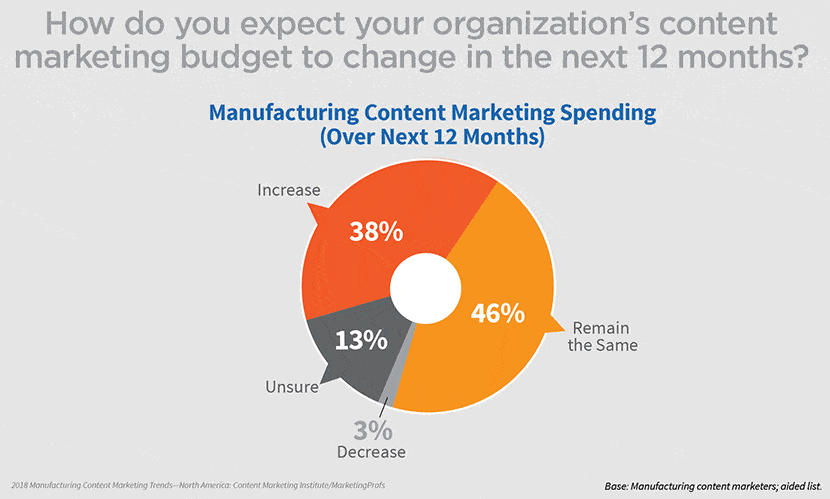
During this period of economic turmoil, social testing has resurged as a viable alternative to electoral democracy, particularly with respect to the assessment of major social alternatives. This type has many applications. They can evaluate levels of creativity, innovation, or assess intellectual property. Social testing is one effective way to determine whether major social alternatives are viable. Additionally, results can be used as a guide to the risks and benefits associated with social innovation.
Social media testing challenges
Measuring the impact of social media campaigns is a challenge. There are many social media platforms, so the content that you share and what content you use will differ. Marketing impact modeling can be used to measure the effectiveness of your social networking campaigns. Social networks are extremely reactive to external events and can cause your campaigns' results to fluctuate greatly. This is why it is essential to fully understand your audience.

Ways to run a test on Facebook
Facebook ads can be great for testing various factors such as cost per conversion and conversion rate. It is possible to test two product sets using the same product set. Facebook will automatically optimize both ads sets and serve each variant with the same number of clicks in order to determine which is more successful. To ensure your ads make the most money, you will need a control group to review both versions.
Data collection methods
Solid strategy is the key to a successful social testing campaign. This strategy will involve a variety data collection methods. The methods will depend on the type of information that you need to collect, the timeframe, and other factors. Here are some tips on how to get data from your users. Collect data early in the testing process to make sure you have success. For instance, consider whether you want to collect data on continuous or intermittent basis.
Testing social media for ethics
If you're looking to test a brand's performance on social media, you're probably wondering whether social media testing is ethical. What can we do to ensure our testing is as accurate as possible? While we've all had the unfortunate experience of using social media to manipulate consumers, we know that some brands can do it unethically. These brands have the ability to manipulate competitor's Wikipedia entries, fake groups, and fake blog addresses. We as marketing leaders must ensure that our social media teams are familiar with the ethical nuances of these platforms. Bad metrics can lead a person to use unethical methods.

Legal issues regarding social media testing
For businesses, social media can be an excellent resource for increasing profile and profits, but many companies ignore the legal issues involved in social media testing. Although this type of social media test is quite common, it can lead to serious legal issues. Employees who use social media to discuss work-related issues could be held responsible. Below are some of the most prevalent legal issues related to social media testing.
FAQ
Is content marketing right for me?
Absolutely! It works for all types of businesses. No matter whether you sell products, provide support or offer training, creating content can help customers get to know your company better and keep them in touch.
Why Content Marketing?
HubSpot estimates that an average person spends close to two hours per day engaging with content. This includes social media, newsfeeds, reading magazines, browsing websites and listening to podcasts. That's a lot of time spent with content!"
How does content marketing work
Content Marketing works because you produce valuable, engaging content that provides value.
When you provide helpful information, solve problems, entertain, or engage your audience, you build relationships with them. Positive messages from trusted brands are more popular than negative ones.
They enjoy reading interesting things. When you create something that interests them, your readers will return for more.
Your content should encourage people to take actions - such as buying your product or signingup for your newsletter.
Writing compelling copy that engages and informs your target audience is key to content marketing success.
What are the seven steps of content marketing
The content marketing process is seven steps long
-
Identify the problem
-
Discover what's working today
-
Make new ideas
-
These strategies can be developed
-
These are the best!
-
Measure results
-
Continue the process until you find a solution.
This strategy has proven to be effective for both small and large businesses.
Why is content so important?
Digital marketing campaigns are dominated by content. If you want to attract new customers, then you need to create valuable content for them. Blogging is the best way to achieve this. Blogs help you establish authority in your niche and make you more trustworthy. This trustworthiness increases your credibility, which in turn leads to higher search engines rankings. Ranking high means you receive organic traffic.
How do I get started in Content Marketing?
Start by identifying your audience. What are their needs? What are their needs and wants? How can you help them? Once you know who you're writing for, you can determine where to focus your efforts.
Statistics
- According to research compiled by Coschedule: Companies that publish 16+ blog posts a month get as much as 3.5x as much traffic as those that publish 0-4 posts a month. (criteo.com)
- Progress indicators (0–100%) allow each team member to see how attainable each goal is and understand what remains to be accomplished. (semrush.com)
- This marketing strategy landed Ford a 15.4% conversion rate. (neilpatel.com)
- Measure your goals with a progress indicator of 0-100%. Make your goals collaborative and transparent (semrush.com)
- Forty-seven percent of buyers view 3 to 5 pieces of content before engaging with a sales representative. (mailchimp.com)
- Content marketing produces 3X more leads per dollar spent. Content marketing costs 62% less than traditional marketing. (criteo.com)
- An example of an overarching goal could be: "In 2022, we want to achieve a 20% increase in revenue created by organic content and generate 15,000 MQLs with a budget of $30,000." (semrush.com)
- Companies that use content marketing see approximately 30% higher growth rates than businesses not using it. (mailchimp.com)
External Links
How To
How do you develop a content marketing strategy?
First, you need to understand what type of content you are going to create for clients. Once you have a clear understanding of your clients' needs, you can start creating content. This could mean creating an editorial calendar and planning the source of these content. Content should always have an end in mind. No matter what format it may be, blogs, social media updates, or other content, all should serve the same purpose.
Once you've decided on the type of content that you want to create, it's important to determine who your target audience is. Which market are they most interested in and what is their motivation for buying the content you offer?
Next, you need to identify your target market. Then, find ways to communicate with them. However, social media platforms can be an effective way to communicate with people. There are also other options like videos, podcasts or webinars.
Next, you need to decide how you will communicate your message with your market. Then you need to determine what topics you'd like to cover. This will help you to understand why you are writing the content. What problem is it solving? Is it useful? Do they think it will make their lives more easy?
Now that you know what kind of content you write, it's time to figure out what you want to say. Are you looking to share information in your industry? On current events? Are you focused on specific products or services This question will determine your focus.
Once you have answered all of these questions, it is time to put everything together into one package.
You want to make sure every piece of content serves its purpose. You don't wish to waste anyone's energy or time, so ensure quality in all your content.
Remember that great content marketing strategies have many moving parts.